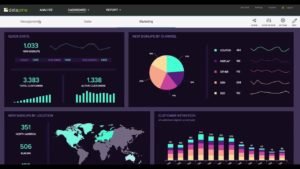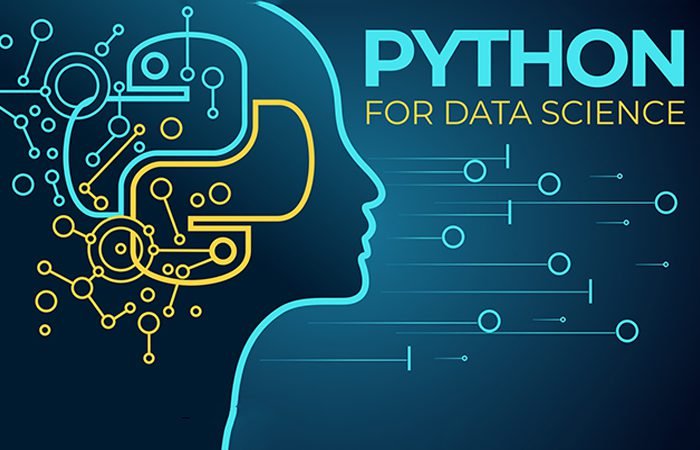Last updated on April 6th, 2024 at 08:12 pm
What is the Learning Curve for Python Language?
Most people will tell you that Python is the easiest language to learn and should be one of the first languages that you should learn when considering a career in Python programming. Well, they are mostly right, parting with a good piece of advice. And most probably you should take these comments seriously.
However, before you kick start with unclear expectations, you should be clear about what does it truly mean by ‘learning the language’, is it being a pro and acquiring absolute knowledge of Python, or to begin with, working knowledge, that helps you start with the basics, while you can continue to learn and gain additional knowledge on the go. Python is an awesome choice, with a relatively faster learning curve, which is determined by various factors and disclaimers.

For starters, Python should be your first programming language, simply because not only will you be able to pick up the basics quickly you will also be able to adapt to the mindset of a programmer. Python is easy to learn with a steady learning curve.
Especially when compared to other programming languages that have a very steep learning curve. Mainly because Python is very readable, with considerably easy syntax, thus a new learner will be able to maintain the focus on programming concepts and paradigms, rather than memorizing unfathomable syntax.
For those thinking that Python is said to be too easy to learn, perhaps it might not be sufficient, and hence while it could have a gradual learning curve, in terms of applicability it might not be adequate, don’t be misguided. Python is not easy because it does not have deep programming capabilities, on the contrary, Python is superefficient, so much so that NASA uses it.
So as a beginner, when you start adapting Python to your daily work, you will notice that with a combination of theoretical learning and practical applicability of the same at work, one will be able to accomplish almost anything they desire to, through its use. With the right intent, applicability, and ambition one can even perhaps design a game or perform a complex task, without prior knowledge of the language.
The learning curve for Python also depends on certain obvious factors like your prior knowledge, exposure to the concepts of programming, etc…
If you are a beginner, devoting a couple of hours on understanding the language, then say in a month, you will be able to get a good feel of the language, mostly so if Python is your first language. If you have previous knowledge of programming, Javascript, C++, or if you understand the concepts of variables, control loops, etc…, then your hold on the language is even faster.
Either way, when learning is combined with practical real-life applicability, within a few days or a month you will be able to write programs, mostly expected out of a new learner. If the same method of learning is adapted for a month or two, along with exposure in programming, one will gain knowledge of the built-in functions and general features of the language. This will help and build confidence in the new learner to enhance their capabilities in programming.
Once the basics are in place, a new learner can then delve further to leverage the power of Python’s libraries and modules which are available as an open-source.
To conclude, it is a fact that Python is designed to be used in complex programming, yet at the same time, it is easy to learn and is truly a lightweight language. And once the basics are in place you can take up tutorials and advanced courses, to enhance your understanding.

